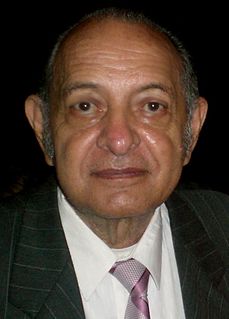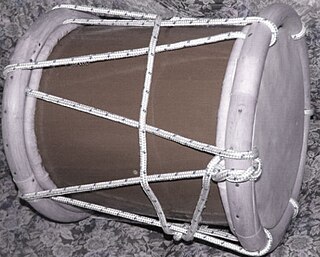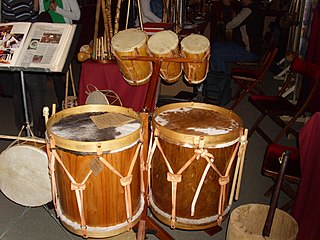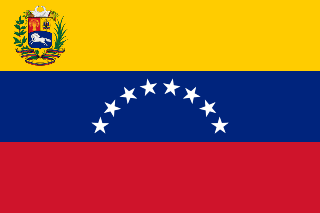
The Galician gaita is the traditional instrument of Galicia and northern Portugal.

Several styles of the traditional music of Venezuela, such as cumbia and merengue, are common to its Caribbean neighbors. Perhaps the most typical Venezuelan music is joropo, a rural form which originated in the llanos, or plains.

Vallenato, along with cumbia, is a popular folk music of Colombia. It primarily comes from the Colombia's Caribbean region. Vallenato literally means "born in the valley". The valley influencing this name is located between the Sierra Nevada de Santa Marta and the Serranía de Perijá in north-east Colombia. The name also applies to the people from the city where this genre originated: Valledupar. In 2006, Vallenato and cumbia were added as a category in the Latin Grammy Awards. Colombia’s traditional Vallenato music is Intangible Cultural Heritage in Need of Urgent Safeguarding, according to UNESCO.
Guaco is a tropical music band from Venezuela that was formed in Maracaibo by Mario Viloria, Alfonso "Pompo" Aguado, and Fernando Dominguez in Zulia in 1968. Mario retired after being the main founder because of college studies but during his participation in the group he was the main composer for several years and his home was the main place where Guaco practiced in the beginnings. The name Guaco is attributed to Mario since in the mornings at his home where the band used to play and practice, a bird called Guaco would fly over. Mario later retired to continue his college studies on engineering but he continues to create "Guaco Music" for his family and friends in Venezuela and in Florida (U.S.) where he lives. The band, having begun as a regular Gaita Zuliana band, during the 70s Guaco diverged from the traditional way of playing the genre by integrating it with elements of Salsa music, violins and electric guitars. Nowadays, the Guaco rhythm continues to evolve through a complex mixture of Gaita, Salsa, Pop music, Jazz, Funk and even Rock and roll and Vallenato music beats, concocting a recognizable and unique style that is considered to be a landmark of the genre.

Hugo Blanco was a popular Venezuelan musician. He is best known as the author of "Moliendo Café" and other songs like "El Burrito Sabanero", "Leche Condensada", "Luces de Caracas", "Sierra Nevada", "Mañanita Zuliana", and others. "Moliendo Café", written in 1958 when Hugo Blanco was only 18 years old, has become one of the most recognized Venezuelan songs in the world.
The term Latin percussion refers to any number of a large family of musical instruments in the percussion, membranophone, lamellophone and/or idiophone family used in Latin music, which in turn is a very loosely related group of musical styles, mainly from the Latin American region, and ultimately having roots or influences in African tribal music.

Banda is a term to designate a style of Mexican music and the musical ensemble in which wind instruments, mostly of brass and percussion, are performed.

The Dominican tambora is a two headed drum played in merengue music. In many countries, especially the Dominican Republic, tamboras were made from salvaged rum barrels. Performers on the tambora are referred to as tamboreros.
Gaita is a style of Venezuelan folk music from Maracaibo in Zulia State. According to Joan Corominas, it may come from gaits, the Gothic word for "goat", which is the skin generally used for the membrane of the furro instrument. Other instruments used in gaita include maracas, cuatro, charrasca and tambora. Song themes range from humorous and love songs to protest songs.
Maracaibo 15 is a Venezuelan gaita group. Founded in 1974 by singer Betulio Medina in Caracas, the name of this group reflects that it was formed by 15 people. Maracaibo 15 combines gaita with other folkloric music, such as parrandas and eastern music and international music such as cumbias, porros. and many others.
La Grey Zuliana is a well-known Venezuelan gaita, also known as the "Anthem of the Gaiteros". It was composed by Ricardo Aguirre, and first recorded in 1968 by its author with the group Saladillo.

The three-hole pipe, also commonly known as tabor pipe, is a wind instrument designed to be played by one hand, leaving the other hand free to play a tabor drum, bell, psalterium or tambourin à cordes, bones, triangle or other percussive instrument.
Tamborera is a genre of Panamanian folk music. It is a mixture of Panamanian Tamborito and Cuban Danzón, created by the musician Ricardo Fabrega during the first half of the twentieth century.

The bombo criollo, or simply bombo, is a family of Latin American drums derived from the European bass drum and native Latin American drum traditions. These drums are of smaller dimensions than the orchestral bass drum, and their frame can be made of wood or steel. They can be held vertically or diagonally on the body or a stand. The specific make of the instrument depends on the regional tradition. In Argentina, the bombo criollo is called bombo legüero. In Cuba, it is known as bombo de comparsa due to its use in comparsas. In other countries, the term tambora is commonly used.

The gaita de boto is a type of bagpipe native to the Aragon region of northern Spain.

The gaita asturiana is a type of bagpipe native to the autonomous communities of Principality of Asturias and Cantabria on the northern coast of Spain.

A kuisi is a Native American fipple flute made from a hollowed cactus stem, with a beeswax and charcoal powder mixture for the head, with a thin quill made from the feather of a large bird for the mouthpiece. Seagull, turkey and eagle feathers are among the feathers commonly used.
The tambora is a two headed drum. In many countries, and especially in the Dominican Republic, tamboras were made from salvaged rum barrels. Performers on the tambora are referred to as tamboreros.
Astolfo José Romero Chacín, also known as "Astolfo Romero" and "El Parroquiano", was Venezuelan folkloric musician and composer. His work was mainly in the folk genre known as gaita zuliana. His compositions are some of the most recognized within the genre.














